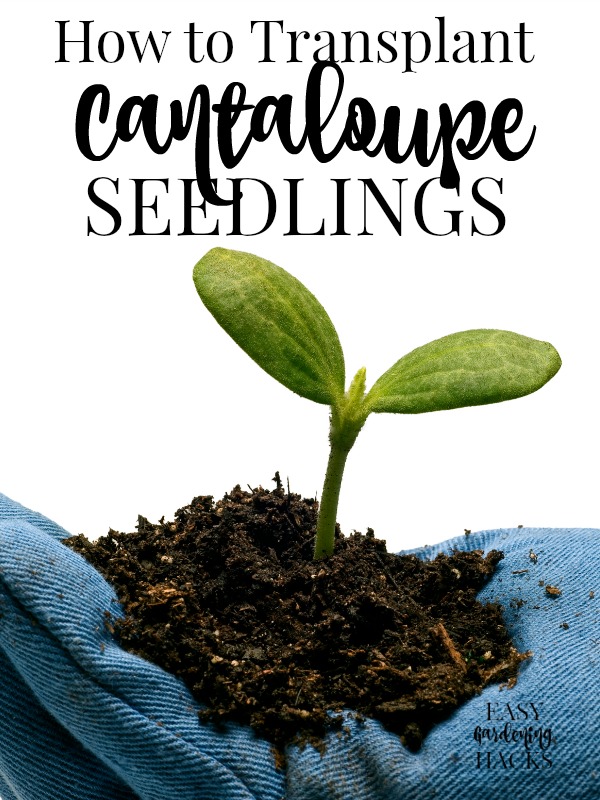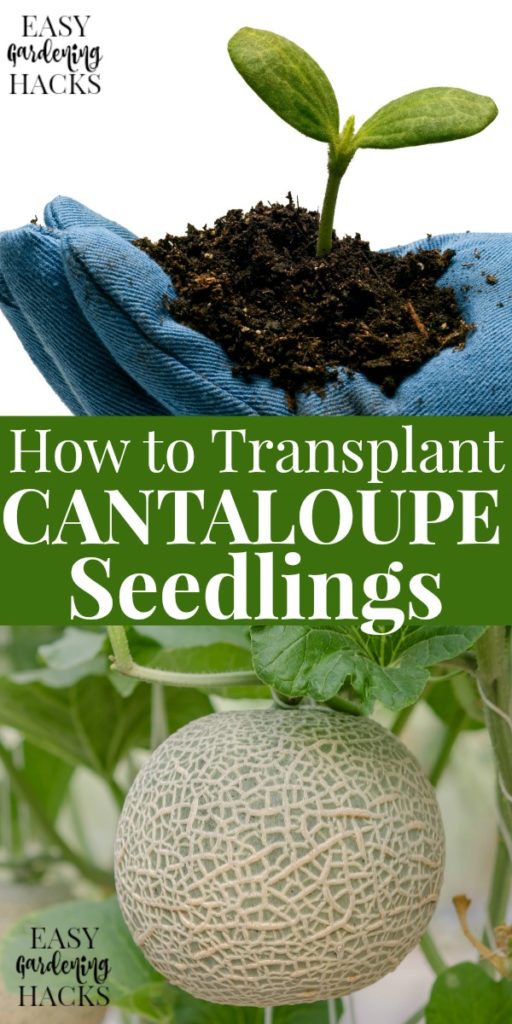Use these tips on how to transplant cantaloupe seedlings to your garden this summer.

Cantaloupe is a great fruit to grow in just about any garden. In warmer areas, you can start it sooner and get a harvest sooner, but in most regions of the US cantaloupe will grow just fine. If you are growing seedlings that you will be transplanting because you live in a cooler area, here are some tips for transplanting these seedlings so you can have a successful cantaloupe season.
How to Transplant Cantaloupe Seedlings
Unlike many plants, melons like cantaloupe do not need much in the way of hardening off before being planted directly into the ground. This is because you shouldn’t be planting them outdoors until temperatures are well into the upper 70s or 80s. If you would like to, you can do a short hardening off to get them ready for outdoor conditions, though. This will just involve setting your seedlings outdoors for a few days before transplanting them to your garden.
To transplant cantaloupe seedlings, you will want to prepare the soil. This will include adding some nutrients in the way of mixing in some compost. You will want to make sure the soil is at least 75 degrees before transplanting as well. The best time to transplant is in the mid-morning.
Space your cantaloupe seedlings out by at least 24 inches in all directions. Dig a hole as large as the container you grew the seedling in. Gently remove your seedlings, dirt and all, from their containers and place them into the ground, covering gently with more soil if needed. Water immediately.
Water your seedlings and cantaloupe plants regularly as melons are mostly water and will need a lot to grow the fruit. Keep in mind, though, that you should stop watering as frequently once the melons are starting to ripen to keep them from rotting on the ground.

Leave a Reply